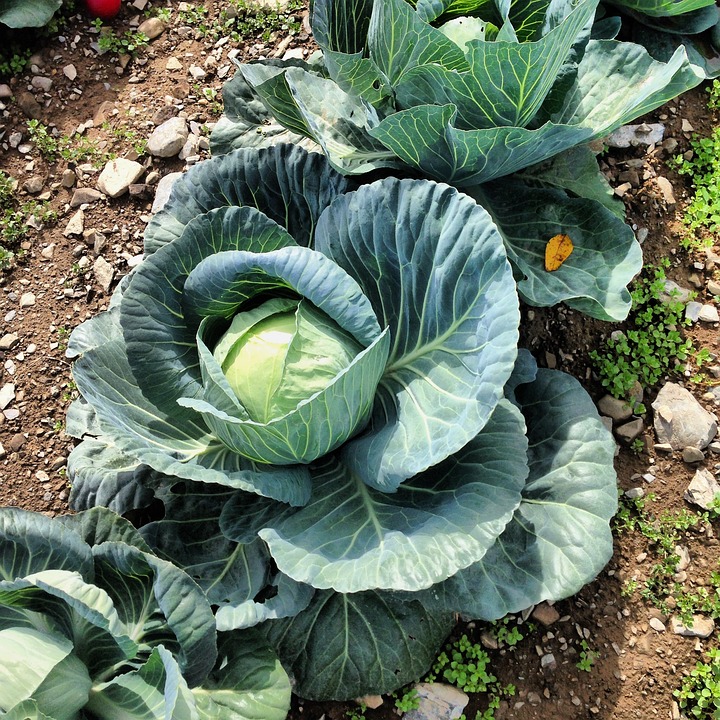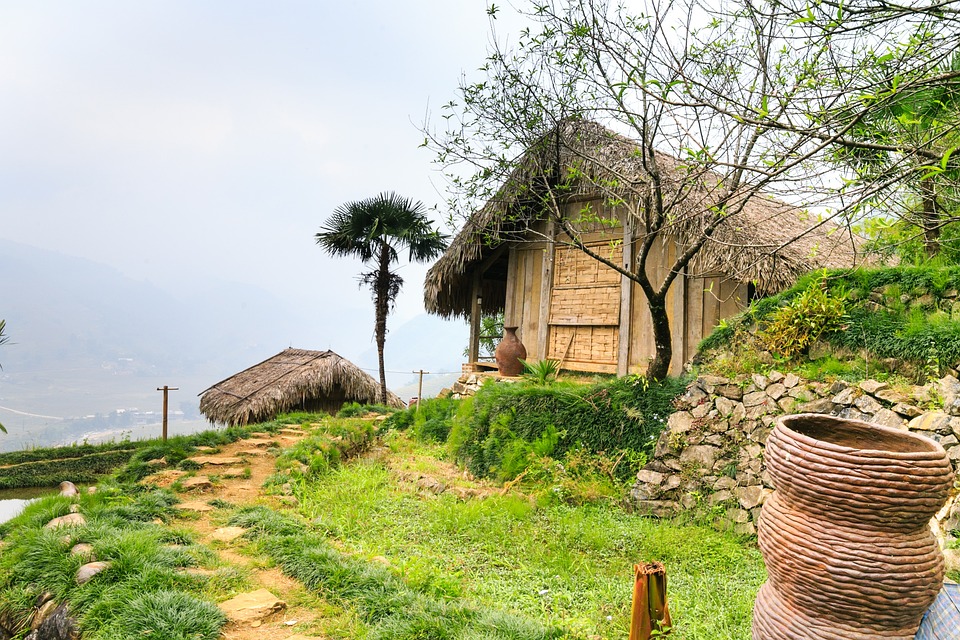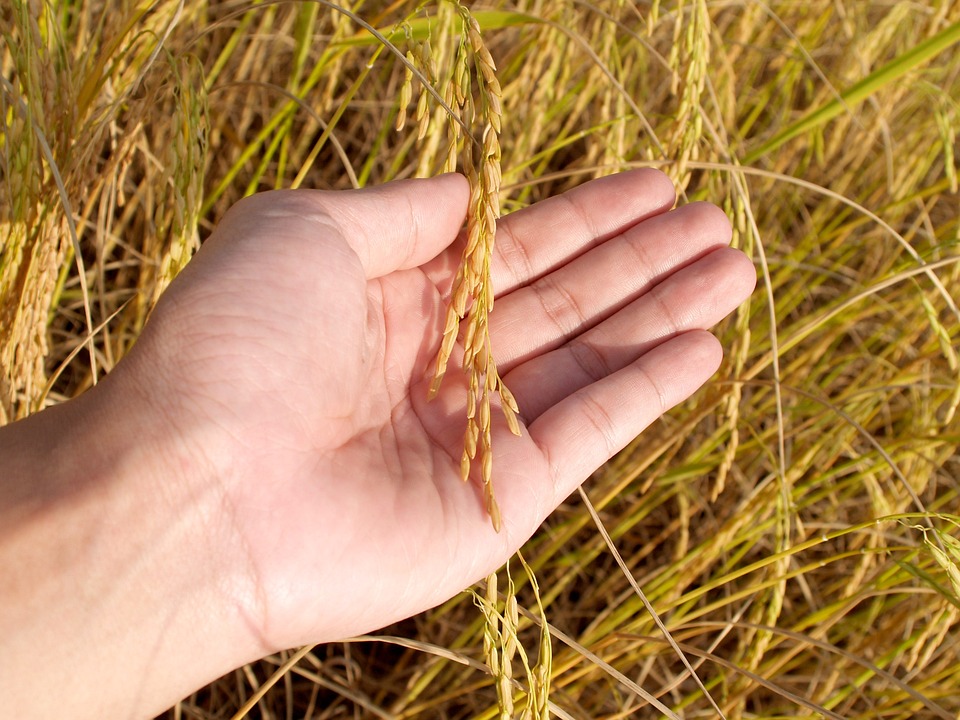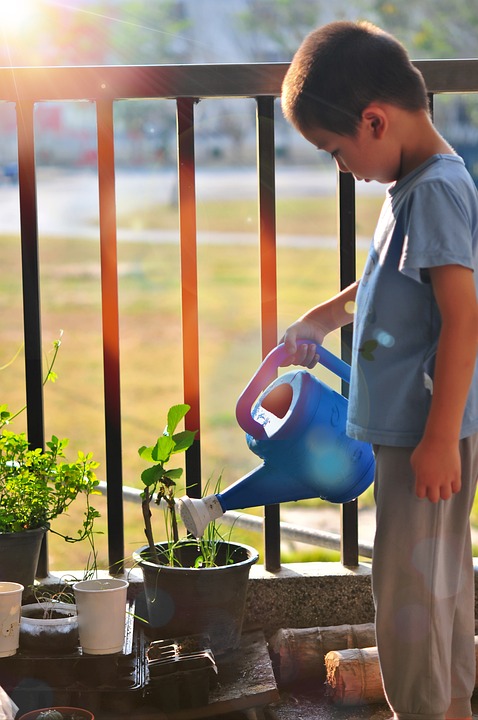Breaking Down the Cost of Solar Panels: Is it Worth the Investment?
Breaking Down the Cost of Solar Panels: Is it Worth the Investment? I remember the first time I made the decision to invest in solar panels for my off-grid living situation. It was a big leap of faith, and it required some serious number crunching to determine if the investment would be worth it in the long run. Now, having lived off the grid for several years and having seen the impact of solar panels on my energy consumption and overall quality of life, I can confidently say that the decision to go solar was one of the best I’ve ever made. In this article, I want to break down the cost of solar panels and help you determine if it’s worth the investment for your own off-grid living situation. The Cost of Solar Panels When it comes to the cost of solar panels, there are a few key factors to consider. These include the initial cost of the panels themselves, installation costs, and the potential for savings in the long run. The initial cost of solar panels can vary widely depending on the size and type of system you choose. On average, you can expect to spend anywhere from $10,000 to $30,000 for a complete solar panel system. Installation costs can also add to the overall expense, but many off-grid dwellers choose to install the panels themselves to save money. Pro Tips: When calculating the cost of solar panels, be sure to take into account any potential rebates, tax incentives, or credits that may be available to you. These can significantly reduce the initial investment and make the long-term savings even more substantial. The Potential for Savings One of the biggest factors to consider when determining if solar panels are worth the investment is the potential for savings. In my own experience, I’ve found that solar panels have more than paid for themselves over time. By harnessing the power of the sun, I’ve been able to drastically reduce my reliance on traditional fuel sources, which has led to significant savings on my energy bills. In fact, some months I’ve been able to produce more energy than I use, allowing me to sell the excess back to the grid and make a profit. Pro Tips: When considering the potential for savings, be sure to factor in the long-term cost of traditional energy sources. As energy prices continue to rise, the savings from solar panels will only become more substantial over time. The Environmental Impact Beyond the financial savings, investing in solar panels also has a positive impact on the environment. By reducing your reliance on traditional energy sources, you’re effectively reducing your carbon footprint and helping to combat climate change. This was a big factor in my own decision to go solar, and it’s a decision I’ve never regretted. Pro Tips: Consider the long-term environmental impact when weighing the cost of solar panels. The positive impact on the planet is an important factor to consider when determining if the investment is worth it. The Bottom Line In the end, the decision to invest in solar panels for off-grid living is a highly personal one. It requires careful consideration of the initial cost, the potential for savings, and the environmental impact. For me, the decision to go solar has been one of the best I’ve ever made. Not only have I seen significant savings on my energy bills, but I’ve also been able to make a positive impact on the environment. If you’re considering making the switch to solar, I encourage you to do your research, crunch the numbers, and consider the long-term benefits. In my experience, the investment is more than worth it. In conclusion, breaking down the cost of solar panels is an important step in determining if they’re worth the investment for off-grid living. Consider the initial cost, the potential for savings, and the environmental impact, and weigh the long-term benefits against the upfront expense. In my own experience, the decision to invest in solar panels has been one of the best I’ve ever made, and I encourage you to consider the potential benefits for your own off-grid living situation.










